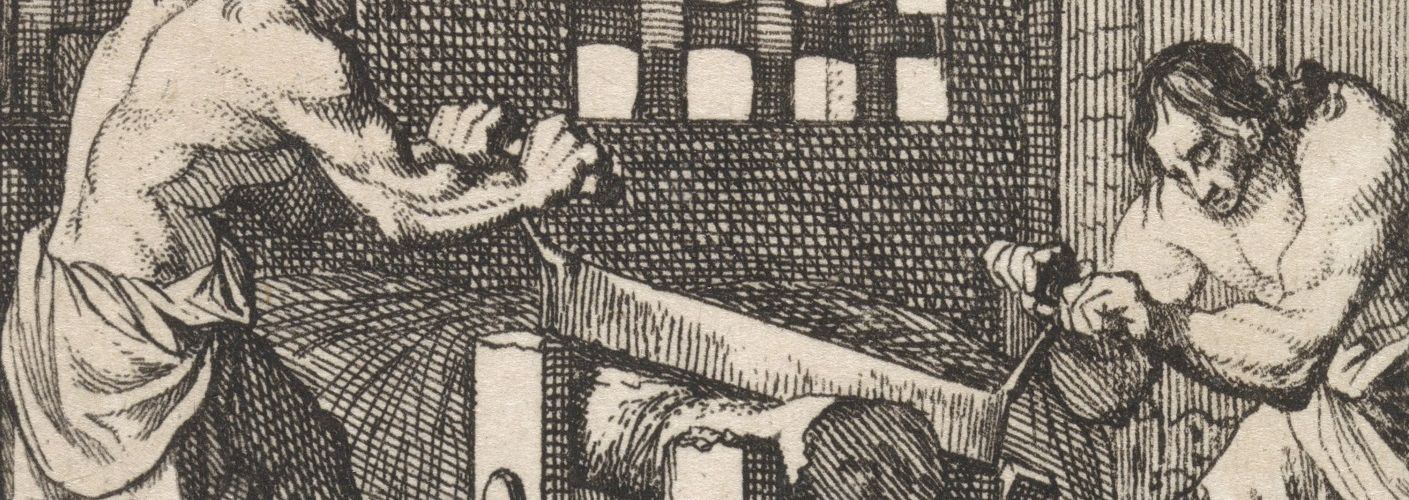Torture, humiliation, mutilation: none of these appear in Dutch criminal law. The instruments of torture in the Prison Gate show how differently we dealt with suspects and punishment in the past.
Drink until you die
Suspects were put behind bars whilst awaiting punishment, for example in the Prison Gate. One famous prisoner was Catharina le Chasseur (c. 1490-1541), who was caught for forgery and sentenced to death. Owing to her marriage to Gerrit van Assendelft, a nobleman and president of the Court of Holland, she was spared a dishonourable public execution. Instead, she was sentenced to death by drowning – which was certainly no picnic, either. Tied to the rack and aided by a funnel in her mouth, she had to drink water until she died.
Thinking about the rationale for punishment
In the middle ages, punishments were meant to be physical punishments. The audience was allowed to enjoy every moment. In fact, being humiliated in public was part of the punishment. Over the centuries, people have increasingly reflected on the purpose of punishment. Coornhert, who was himself incarcerated in the Prison Gate in 1567, wrote what would become his famous book, Boeventucht (‘on the disciplining of scoundrels’, 1587), on this subject. He was the first to argue that criminals should have to do forced labour rather than being mutilated or killed. Incarcerating villains would prevent them from committing any new crimes. Moreover, punishing them by making them work would bring in money. For Coornhert, it was mainly about utility for society. From then onward, convicts were set to work in penitentiaries: the men in rasp houses and the women in spinning houses.
Rehabilitation into society
With the coming of the Enlightenment, more attention was paid to the utility of punishment for the perpetrator themselves. Convicts had to be taught discipline. Only in this way could they later be rehabilitated into society. Enlightenment philosophers argued for the punishment of the mind, not the body. Despite this, it took a long time for every form of torture to be abolished. After the abolition of branding and flogging (1854) and the death penalty (1870), long-term imprisonment remained the only major penalty for more serious crimes.
The historical story of the Prison Gate, which would cease to function as a prison at the beginning of the nineteenth century, was gradually taken over by the Veenhuizen Prison Museum, a former penal colony.
More attention for the perpetrator
The humanisation of criminal law continues to this day. In the development of the prison system from the nineteenth century onward, more and more attention was paid to rehabilitation: the perpetrator’s return to society. Delinquents were given the chance to work and study within the prison walls. They were also allowed to take leave. The thumbscrew of the old days made way for the modern ankle tag.
